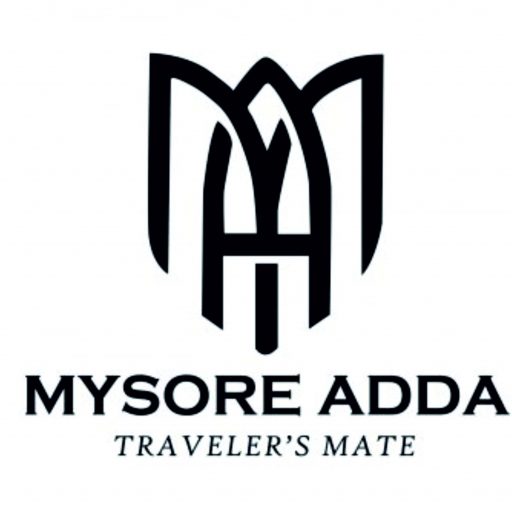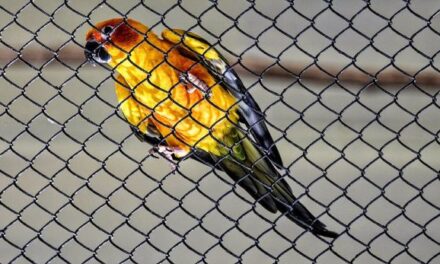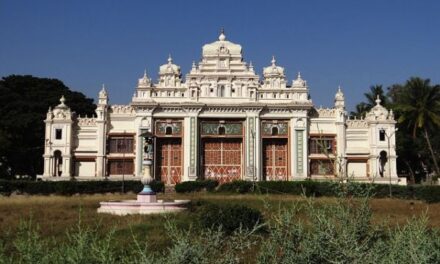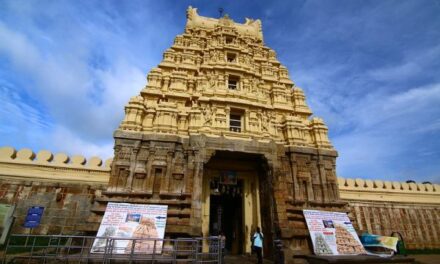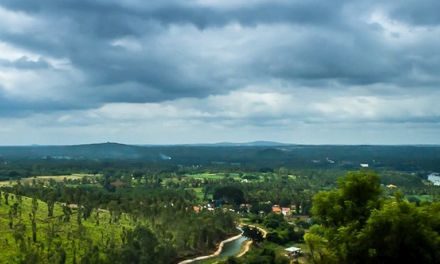
Tipu Sultan Gumbaz
- Tourist Attraction Name: Bird Sanctuary & Ranganathittu
- Open and Closing Timings: 9:00 AM – 6:00 PM, Everyday
- Entry Fee : Indians: Adults Rs. 75 Children: Rs.25,
- Foreigners: Adult: Rs.500
Foreigners Children: Rs.250 - Trip Duration (Including Travel): 2-3 Hours
- Main Attractions: Boating And 150 Types of Birds
- Parking Fees : Bus: Rs.150, Car: Rs.60
- Boating Charges : Indians: Adults Rs. 100 Children: Rs.35,
Foreigners: Adult: Rs.500
Foreigners Children: Rs.250 - Nearest City: Srirangapatna, Mysore
- Best Time to Visit: June to November
- Camera Charges: Rs.150 for Large Camera
- Transportation Options: Bus / Cab
- Landmark: Near Brindavan Gardens, Mandya
- Address: Near Brindavan gardens, Krishnarajasagar
Dam Road, Mandya, Karnataka, 571401, India - Location: Mandya district, Karnataka
- Phone Number: 094350 15419
Tipu Sultan after the death of his father in 1782 AD, assumed the reigns of the Mysore kingdom. As a tribute to Haider Ali his illustrious father, he built a tomb and mosque (1782-84) at the eastern extreme of his capital Srirangapatna amidst a well-laid garden. His mother Fakr-Un-Nisa is also interred adjacent to his father’s cenotaph. Although he did not build the tomb with the intention of his own burial, after his death in 1799 AD, the kith and kin of Tipu Sultan chose to bury him along with his parents.
The majestic looking tomb built at the center of a huge garden studded with choicest floral and fruit-bearing trees is entered through an imposing Naqqar Khana with arched entrance and the usual room at the top containing wooden windows. The tomb proper is accommodated on a square platform which in turn is surrounded by Khan-Khana of brick and lime and corridor having series of pointed arches. The low platform is externally veneered and the top has a lime concrete pavement. Leaving considerable space all around, the main structure cornprises a square chamber surrounded by corridor of polished black stone pillars. The exterior wall of the chamber made up of granite veneer is also provided with an intricately carved jali depicting geometrical work to allow adequate light to the chamber.
Above the corridor is provided a low decorated parapet intervened by squattishguldastas carrying finials or buds of modern size. The cut plasterwork on the exterior of parapet is exquisitely beautiful. The tomb is crowned with a large dome resting on a circular base, which rises to a considerable height, and it carries a series of finials. The three entrances of the chamber are provided with ivory inlaid teak wood doors. The interior of the chamber upto the hollow circular ceiling is beautifully decorated with paintings depicting tiger stripes, a favorite theme employed during the time of Tipu Sultan. In fact, his cenotaph is also provided with a cover resembling tiger stripes. Some floral designs also adorn the interior wall of the chamber. Near the eastern entrance is a tablet with Persian legend mentioning the martyrdom of Tipu Sultan in 1213 Hizri (1799 AD).
Further east of the tomb is a mosque of moderate size with pillared corridor. Two prominent double-storeyed minarets at the corner add elevation to the mosque called as Masjid-E-Aksa. But along with the tomb, it contains a huge rectangular hall with massive pillars carrying vaulted roof. The mihrabat the western wall is of considerable size and the frame is decorated. The huge square platform other than the tomb also contains numerous cenotaphs indicating the burials of kith and kins of Hyder and Tipu’s family.
